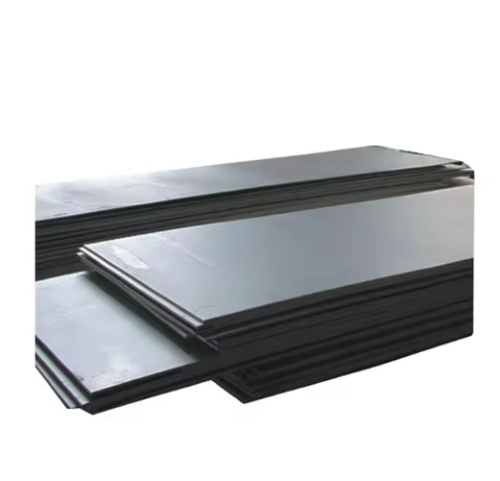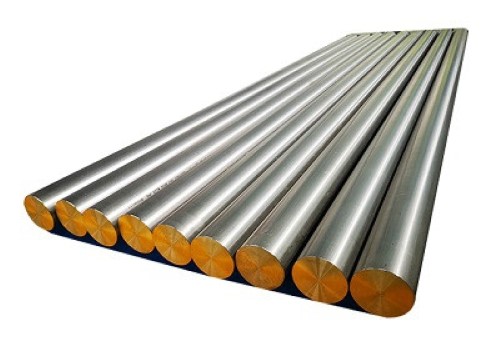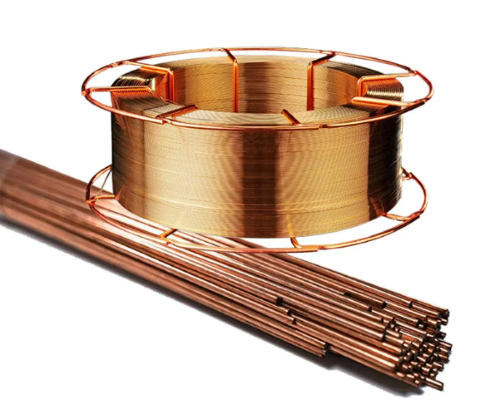Metal Composite Materials: A Comprehensive Overview
What Are Metal Composite Materials?
Metal composite materials (MCMs) are engineered materials made by combining two or more distinct metals or metals with other non-metallic materials to create a new material with enhanced properties. The aim of these composites is to harness the strengths of the individual components while minimizing their weaknesses.
MCMs are designed to offer superior characteristics such as increased strength, reduced weight, improved thermal conductivity, and enhanced corrosion resistance.
- Enhanced Strength and Stiffness: MCMs can be engineered to exhibit greater strength and stiffness compared to pure metals, making them ideal for structural applications where high mechanical performance is critical.
- Improved Wear Resistance: The addition of hard ceramic phases within the metal matrix significantly enhances the wear resistance of the material, which is crucial for applications involving friction and mechanical wear.
- Thermal and Chemical Stability: Many MCMs are designed to withstand extreme temperatures and corrosive environments, making them suitable for use in aerospace, chemical processing, and energy sectors.
- Weight Reduction: By selecting lightweight reinforcements, MCMs can achieve a favorable strength-to-weight ratio, which is essential in industries like aerospace and automotive, where weight savings translate into improved efficiency and performance.
Common Types of Metal Composite Materials
Metal composites are typically categorized based on their composition and structure. The most common types include metal matrix composites (MMCs), laminated metal composites, and clad metals. Each type is engineered to meet the demands of different applications, ranging from aerospace components to everyday household items.
1. Metal Matrix Composites (MMCs):
Metal Matrix Composites are made by embedding reinforcing materials such as ceramic fibers or particles within a metal matrix. The metal matrix often serves as the ductile phase, providing toughness, while the reinforcement adds strength and stiffness.
Aluminum, titanium, and magnesium are commonly used as matrices in MMCs. These composites are known for their high strength-to-weight ratios, making them ideal for aerospace and automotive applications. For example, MMCs with aluminum matrices are used in aircraft structures where both lightweight and high strength are critical.

2. Laminated Metal Composites:
Laminated metal composites consist of layers of different metals bonded together. The bonding can be achieved through various methods, including rolling, welding, or explosive bonding. This type of composite is often used to combine metals with complementary properties, such as combining the toughness of steel with the corrosion resistance of aluminum.
Laminated metal composites are commonly used in construction, automotive, and marine applications where a combination of strength, durability, and resistance to environmental factors is required.
3. Clad Metals:
Clad metals are produced by bonding a thin layer of one metal onto the surface of another. This process results in a material that retains the mechanical properties of the base metal while gaining additional characteristics from the cladding layer.
For example, stainless steel can be clad with copper to improve thermal conductivity while maintaining strength and corrosion resistance. Clad metals are widely used in electrical connectors, cookware, and heat exchangers.
Industrial Metal Composite Materials
In the industrial sector, metal composite materials play a crucial role in enhancing performance and efficiency. These materials are tailored to meet the specific demands of various industries, from aerospace and automotive to construction and energy.

1. Aerospace Industry:
The aerospace industry heavily relies on metal matrix composites for manufacturing lightweight, high-strength components. For instance, titanium matrix composites are used in jet engines and airframes due to their excellent strength-to-weight ratio and resistance to high temperatures. These materials contribute to fuel efficiency and overall performance, making them indispensable in modern aircraft design.
2. Automotive Industry:
In the automotive industry, MCMs are utilized to reduce the weight of vehicles, leading to improved fuel efficiency and lower emissions. Aluminum matrix composites are used in engine components, brake systems, and suspension parts, where lightweight and durability are essential. The integration of MCMs into vehicle designs allows manufacturers to meet stringent environmental regulations without compromising performance.
3. Construction Industry:
Laminated metal composites are commonly used in the construction industry for cladding, roofing, and structural applications. These materials offer a combination of strength, weather resistance, and aesthetic appeal. For example, aluminum-steel laminated composites are used in building facades to provide a modern look while ensuring durability and protection against environmental factors.
4. Energy Sector:
The energy sector benefits from metal composite materials in various ways, particularly in the production of pipelines, heat exchangers, and power generation equipment. Clad metals, such as stainless steel clad with nickel, are used in corrosive environments like chemical processing plants and offshore oil rigs. These composites provide excellent resistance to corrosion while maintaining the necessary mechanical properties for demanding applications.
Metal Composite Materials in Everyday Life
While MCMs are vital in industrial settings, they also have a notable presence in everyday items:
- Cookware: High-quality cookware often uses clad metals, such as stainless steel with copper or aluminum layers, ensuring even heat distribution and durability.
- Electronics: MCMs, particularly aluminum-based composites, are used in the casing of smartphones and laptops, providing strength, heat dissipation, and a sleek, lightweight design.
- Sports Equipment: MCMs, like aluminum matrix composites, enhance sports gear such as bicycles, golf clubs, and tennis rackets by improving strength and reducing weight for better performance.
- Jewelry and Wearables: Titanium composites are popular in jewelry and wearable tech, offering lightweight, hypoallergenic, and durable options for watches and fitness trackers.
Conclusion
Metal composite materials (MCMs) offer enhanced strength, wear resistance, thermal stability, and weight reduction by combining metals with ceramics, polymers, or other metals. These benefits make MCMs essential across industries like aerospace, automotive, electronics, defense, and biomedical. As technology advances, MCMs will continue to play a crucial role in driving innovation and improving performance in demanding applications. For more details, please check Stanford Advanced Materials (SAM).



